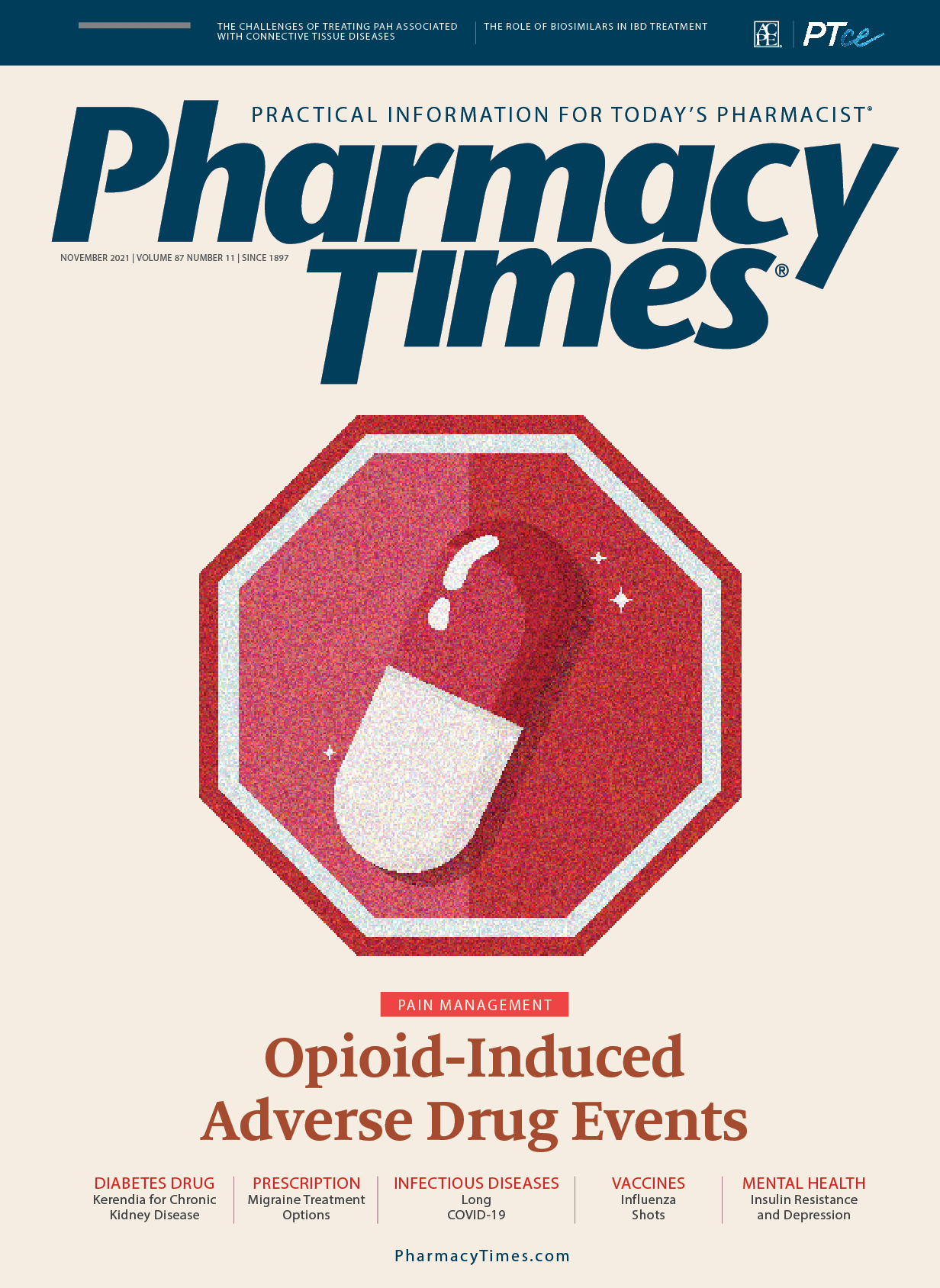Publication
Article
Pharmacy Times
Medical Billing Is Now Part of Job Description
Author(s):
Technicians with specialized skills in prescription billing can help pharmacists focus on clinical services.
A pharmacy technician's job description is to “assist pharmacists in their daily tasks,” according to the Pharmacy Technician Education & Career Guide. “They are directly involved with the receiving and dispensing of prescriptions and client/patient contact. All work is done under the direct supervision of a licensed pharmacist.”
Technicians have traditionally served as patient advocates and support staff members for pharmacists. Retail duties have included coordination with physicians, filing, packaging, patient checkout, and prescription intake, as well as inventory and OTC management and ensuring cleanliness. Technicians in other settings have different duties, but they still fall under the umbrella of preparing medications, labeling them, and distributing them under the direct supervision of pharmacists.
But as pharmacists’ roles have evolved, technicians’ roles have followed suit. Some technicians now also handle clinical service implementation, data mining, patient engagement, practice management, and medical billing, and the expectations of and opportunities for many technicians within the practice will continue to expand. As new clinical opportunities and services arise for pharmacists as clinicians, technicians can absorb the administrative load of billing for services and reconciliation of insurance claims that includes coding services correctly, resubmitting denials, and troubleshooting software issues.
MEDICAL BILLING
Credentialing and Enrollment
To perform medical billing, pharmacists must be credentialed as providers in their respective states. That proves to insurance companies that they are legitimate providers. Pharmacist files are examined with each medical insurance enrollment and must be regularly updated. Although the entities and processes may differ, verification of location and provider, as well as enrollment with plans, is needed for both medical billing and prescriptions. Credentialing pharmacists may be the first step in managing medical billing for clinical services. After the enrollments with each specific payer are complete, pharmacists must practice within their scope of practice and bill for allowable services listed in the contract between the insurer and the provider. The technician is a great resource for completing this task, as there is a specific set of guidelines set forth for credentialing and enrollment. The pharmacist signs off on the final submission of documents and signs the medical contracts, comparable to the technician performing data entry and packaging and the pharmacist verifying the final product.
Billing and Reconciliation
After the enrollments are accepted and the pharmacist is in network, technicians cannot just bill for everything that is done and get paid. A service is performed, and from the documentation a code is calculated and submitted to the insurance company. These are called current procedural terminology codes, and insurance companies use them to determine payment. Adequate software platforms must be in place for submitting claims to each payer. Many issues may exist with the different computer programs properly deciphering each box, resulting in denials from the payer and the need to resubmit and reconcile claims. These tasks take a lot of troubleshooting, patience, and time with developers and payers to create a smooth billing workflow system. Pharmacists do not need to be unnecessarily burdened with these tasks. Technicians can use the same skill set for finding overrides, working through rejections, and obtaining prior authorizations for claims to troubleshoot billing issues for medical payers, implement new clinical services, and create a pharmacy billing profile for services rendered.
CONCLUSIONS
Technicians can apply the specialized skills needed to perform tasks directly related to production workflow and prescription billing to also support pharmacists in clinical practice and medical billing. Although technicians will continue to support pharmacists in traditional ways, their role will also continue to expand and evolve to meet the demands of new horizons of patient care.
Amber Suthers, MSAH, CPhT, is the clinical services manager at Surgoinsville Pharmacy in Tennessee.
REFERENCE
Pharmacy technician job description. Pharmacy Technician Education & Career Guide. March 18, 2021. Accessed October 18, 2021. https://www.pharmacytechschools.com/job-description/






